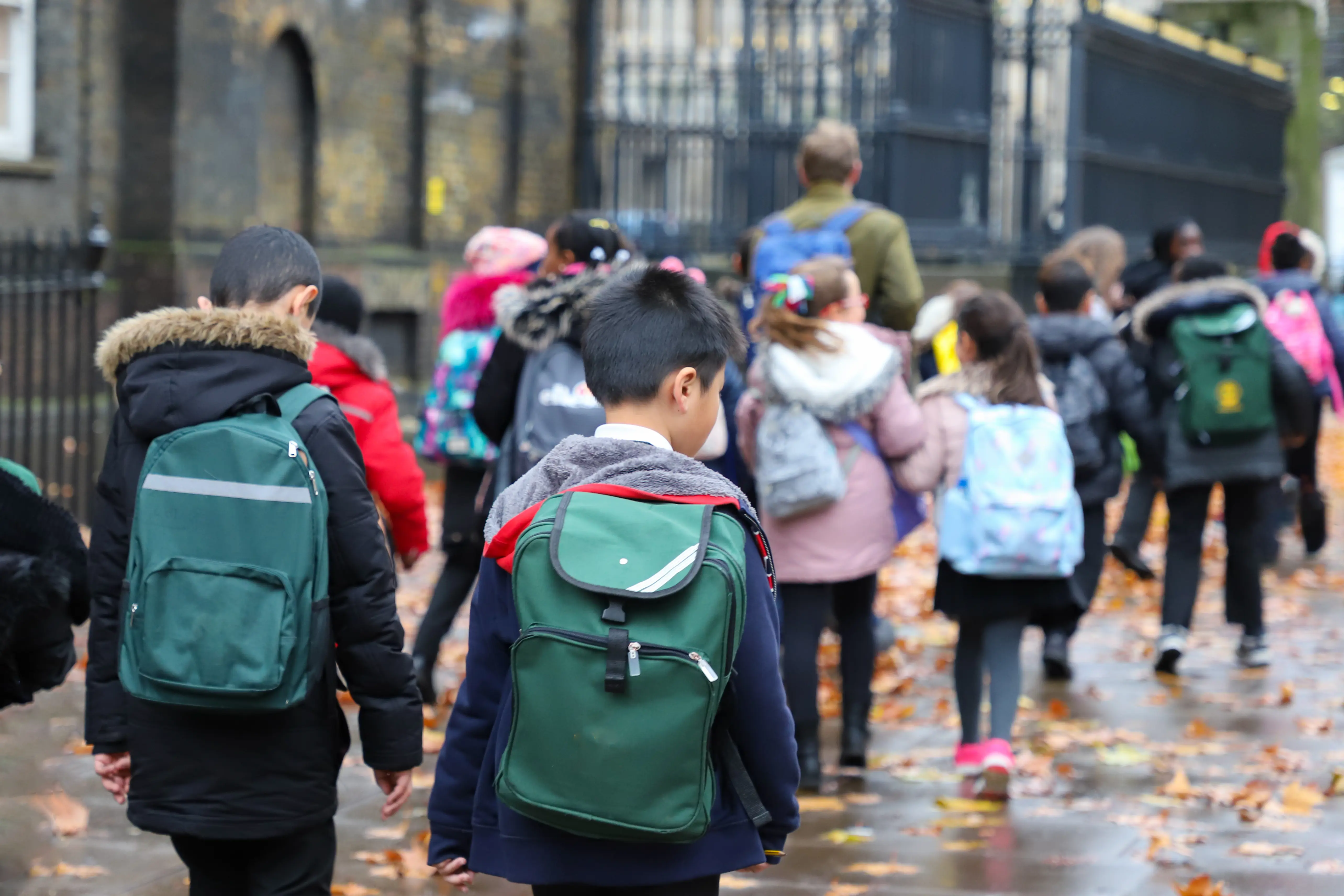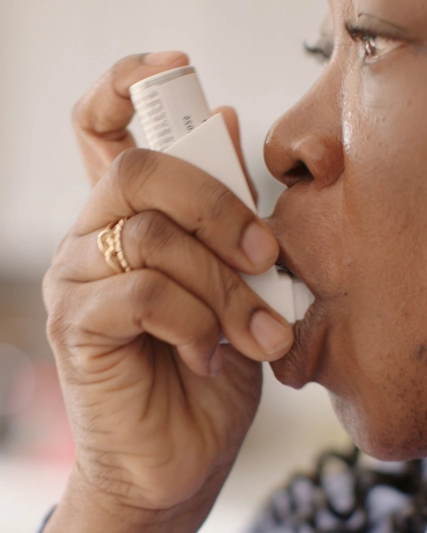Disruptions to immunisation services during the COVID-19 pandemic meant that childhood and adolescent vaccination in almost every country understandably took a backseat between 2019 to 2021. As a result, 67 million under 18s missed out on one or more vaccinations, creating an immunity gap that has already had grave consequences.
Recent outbreaks of measles are believed to be a sign of the vaccination coverage gap among children. And, as parts of the world head back to school for the start of a new term, medical experts say that now is the time to catch up on essential immunisation programs to ensure young people and communities are protected.
Measles is a highly contagious airborne disease that infects the respiratory tract and is one of the quickest infectious diseases to emerge in non-immune people.
It’s also not the only virus to watch out for as school term resumes. Speaking at the annual meeting of the European Society of Paediatric Infectious Diseases (ESPID) in Lisbon in May 2023, German paediatrician Dr Philipp Schoof said respiratory infections were on the rise at his practice in Munich.
“At the end of COVID restrictions we saw an increase in a variety of infectious diseases in children, especially of the airways, and pertussis and parapertussis were very much in focus.”
Pertussis – also known as whooping cough – is a vaccine-preventable airway infection. In infants younger than 12 months, there are around 5.1 million estimated pertussis cases and over 85,000 estimated deaths per year.
Dr Irene Rivero, Consultant in Paediatrics and Paediatric Infectious Diseases, University Clinical Hospital of Santiago de Compostela, Spain, adds that there has been a clear increase in viral and bacterial infections since the pandemic.
“We've seen an increase in the numbers of influenza and adenoviral infections,” she says. “And in the bacterial group, we've also seen an increase in group A streptococcus, meningococcal and pneumococcal diseases.”
These bacteria can cause a diverse range of soft tissue, blood stream, skin, and respiratory tract infections, including tonsillitis, impetigo, pneumonia, and meningitis.
There are several reasons why bacteria and viruses may be more prevalent.
“I must say it’s not only decreasing vaccination rates, but also possibly due to an immunological gap,” Dr Rivero continues.
The immunity gap
An immunity gap can develop when the immune system has less exposure to pathogens – microorganisms that cause disease, like bacterium or viruses.
Since 2020, lockdown measures have reduced social movement, meaning people have had less exposure to pathogens that they would normally be faced with every day. When people are less exposed to pathogens, their immunity to them wanes, and they become more susceptible to infections when they are re-exposed. As a consequence, infectious diseases spread faster and affect more people at the same time.
“There is a bigger pool of susceptible people for pathogens to infect, which is why we’re seeing a surge of transmission,” says Dr Volker Vetter, paediatrician and Vice President, Paediatric Vaccines, at GSK.
Recent measles outbreaks in the United States and United Kingdom are linked to cases that developed while individuals travelled abroad. The pathogens then spread within unvaccinated or under vaccinated groups.
“It is worrying when we see outbreaks of measles and polio in parts of the world where we thought they had been successfully eradicated,” Dr Vetter continues.
“It shows how important it is to keep immunisation coverage high – vaccination is not something we do once and the disease is gone especially if we cannot eradicate pathogens. It’s a life-long, continuous activity to build and maintain overall health.”
In response to recent measles outbreaks, the World Health Organisation (WHO) has called for strengthened surveillance, improved delivery of health services, and catch-up vaccinations. These actions have improved the situation in some measles-affected areas in countries such as Serbia and Tajikistan. New data from UNICEF and WHO also shows a year-on-year improvement in the number of children who missed out on routine immunisation in 2022 compared to 2021, but this number is still higher than before the pandemic.
Struggling services
Vaccine-preventable diseases disproportionately affect children. Paediatric immunisation reduces the number of deaths from infectious diseases and prevents disability that can impair growth and cognitive development.
It’s therefore crucial to rectify gaps in immunisation coverage, not just to prevent infectious diseases, but to relieve society from avoidable burdens on struggling healthcare systems and economies.
“When kids are not vaccinated, we see an increased burden on health systems for children and also for the elderly who may get infected by children,” Dr Vetter says.
“Children who are unvaccinated or who are on a delayed immunisation schedule are more susceptible to infectious diseases, and there are higher rates of transmission and hospitalisation, requiring more resource-intensive treatment.”
Ensuring health systems are focused on prevention is important, as treatment pathways are far more cost intensive than preventing disease in the first place.
Studies have shown prevention programmes keep people healthy and out of the health system and long-term care.
Before vaccine introduction in Belgium in 2006, rotavirus was responsible for 5,600 hospitalisations annually in children under 7 years, resulting in €7.7 million in direct costs and €12.8 million in indirect costs. Rotaviruses are the most common cause of severe diarrhoeal disease in infants and young children worldwide.
In the case of meningococcal diseases, of those who contract it, one in ten will die, sometimes in as little as 24 hours, despite treatment.
One in five survivors suffer long-term consequences, such as brain damage, amputations, hearing loss and nervous system problems.
Acute treatment and follow up care places extensive financial strain on public health resources.
So, how do we go about closing the immunisation gap? Dr Vetter says it’s partly a matter of education.
“Addressing parents’ concerns, listening, and explaining the protection provided by immunisation in childhood is essential for motivating parents to advocate for their child’s health at the doctor’s office,” he says.
“By reorienting health systems towards prevention, embedding preventative policies into health and economic planning, and building public confidence in immunisation programs, we can improve health and economic outcomes more broadly.”





